6 Endangered Species on Isla Contoy: A Call to Action for Conservation
Although Contoy is a government-protected area, it is home to endangered species. Read on and learn about the 6 endangered species that inhabit Isla...

Wetlands are a source of life. They are home to many species of flora and fauna, protect us from floods and storms, provide us with water, food, and medicine, and promote tourism.
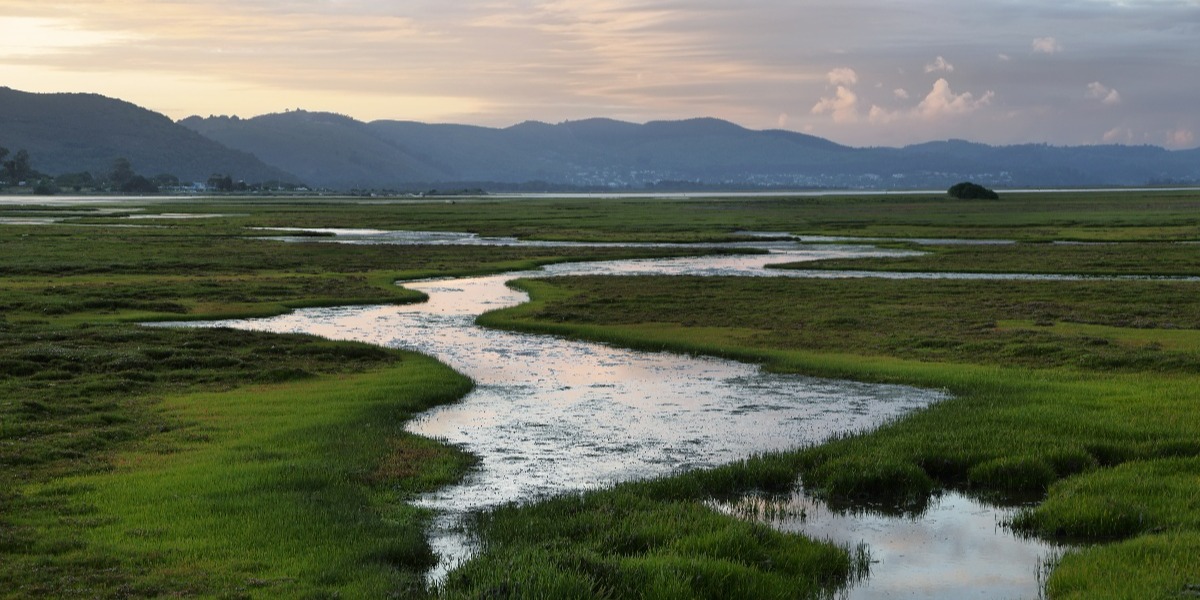
Wetlands are areas that have long remained in flooded conditions. They are distinguished by having soils, flora and fauna adapted to survive in aquatic environments. The common characteristic among all wetlands is water.
It is estimated that there are 12.1 million km² of wetlands in the world, however, since 1970 their area has decreased by up to 35% due to soil alterations (such as urbanization and deforestation), water dynamics (such as extraction or diversion), and pollution in general.
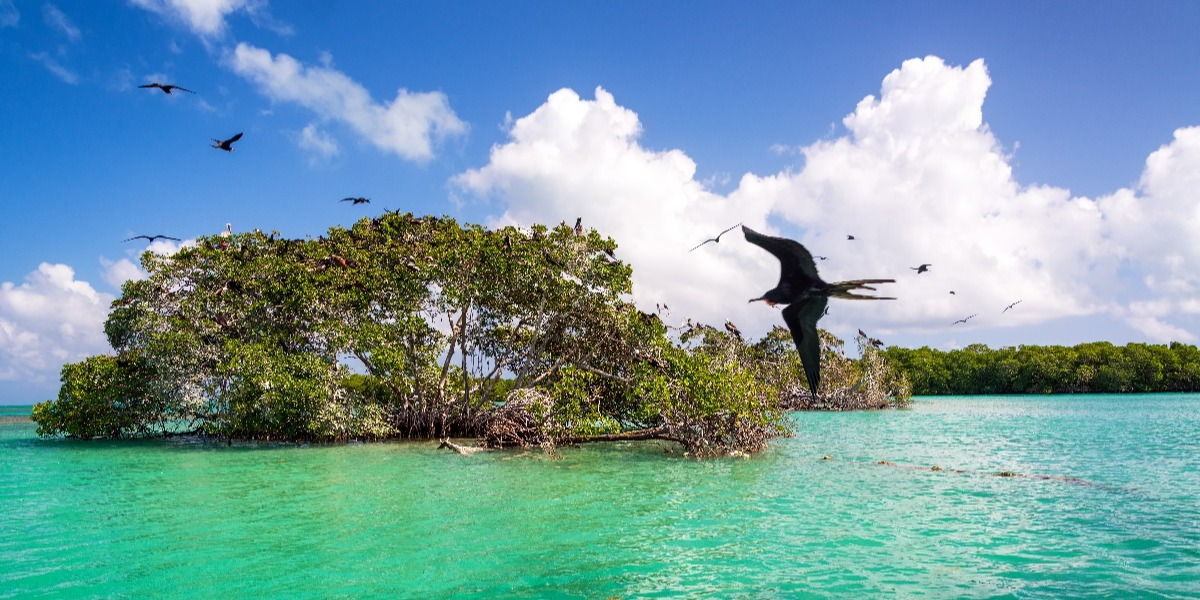
Ramsar sites are protected wetlands that harbor great biological diversity and are considered productive environments that are home to different species of flora and fauna. There are currently more than 2,200 Wetlands of International Importance declared under the Convention on Wetlands.
The Convention on Wetlands is an intergovernmental treaty that provides a framework for the conservation and wise use of wetlands and their resources. This convention got its name because it was adopted in the Iranian city of Ramsar in 1971. Since then, 90% of the members of the United Nations have adhered to the treaty.
Currently, the countries with the most Ramsar sites in the world are the United Kingdom and Northern Ireland with 175 and Mexico with 142, followed by Spain with 75. The largest sites are the Rio Negro in Brazil (12 million hectares), Ngiri-Tumba-Maindombe in the Democratic Republic of Congo (6 million 500 thousand hectares) and Queen Maud Gulf in Canada (6 million 200 thousand hectares). Bolivia is the country with the largest area of Ramsar sites with 148,000 km².
Along the Mexican Caribbean coast, 8 Ramsar sites maintain the life and richness of the area. Below, we will list the wetlands that give life and preserve the balance of the beautiful state of Quintana Roo.
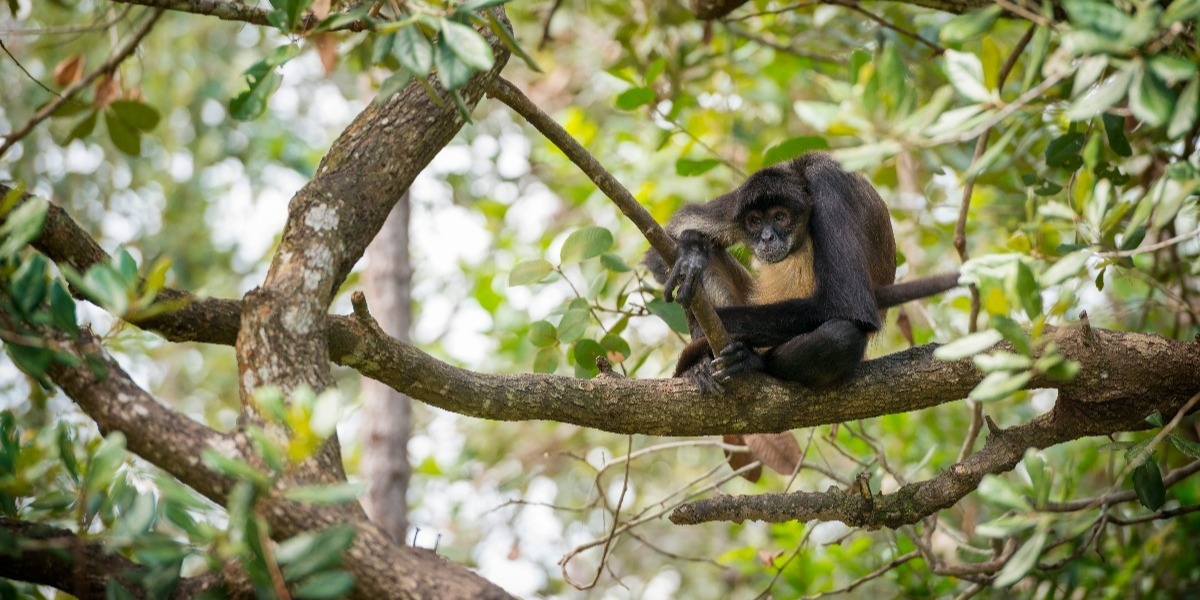
The Yum Balam Flora and Fauna Protection Area is located in the north of the state of Quintana Roo, between the municipalities of Lázaro Cárdenas and Isla Mujeres. It has 154,000 hectares in which more than 1,115 species of plants and animals live, of which 77 are in some category of risk and 34 are exotic.
Among its flora, you will find grasslands, deciduous forests, coastal dunes, hydrophilic vegetation, and mangroves. Its most representative fauna are sea turtles, crocodiles, flamingos, spider monkeys, pumas, jaguars, ocelots, and manatees, among others.

Isla Contoy is a small island located 30 km north of the island and is part of the municipality of Isla Mujeres. It is a protected natural area and a sanctuary for migratory birds. It is 8.75 km long and 700 m at its widest part.
Only park rangers, scientists, and authorities are allowed to spend the night in Isla Contoy, and only 200 visitors are allowed to enter through a tour with special permits. Want to know more about Isla Contoy? Visit our guide and find out everything you need to know.
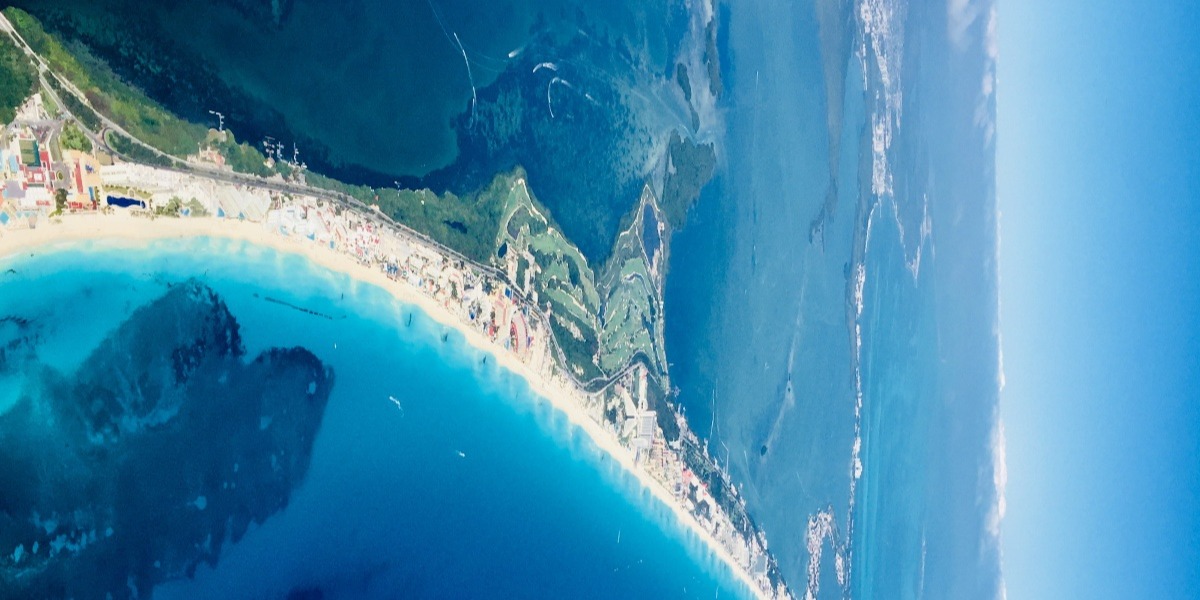
This flora and fauna protection area is located in the municipality of Benito Juarez (Cancun). This area includes terrestrial and aquatic ecosystems such as low deciduous forest, mangrove, tular and petenes. The main bodies of water are the lagoons Río Inglés and del Amor, as well as several springs. Within this area you will also find Mayan vestiges.
When traveling through Cancun's hotel zone, you will see the sea on one side and the lagoon on the other, connected by the Nizuc and Sigfrido canals. In the lagoon you can enjoy different aquatic and ecotourism activities, such as boat rides and bird watching.
Puerto Morelos Reef is part of the Great Western Atlantic Barrier Reef Belt, a barrier reef that belongs to the Mesoamerican Barrier Reef System, the second largest in the world after the Great Australian Barrier Reef.
It has a 22 km long and 1.8 km wide wetland system with approximately 4,000 hectares that supply fresh water to the park.
The park is home to more than 1,300 species of plants and animals, of which 58 are at risk and 36 are exotic. Among the most important protected species are the elkhorn coral, staghorn coral, organ Pipe coral, and loggerhead, white, and hawksbill turtles.
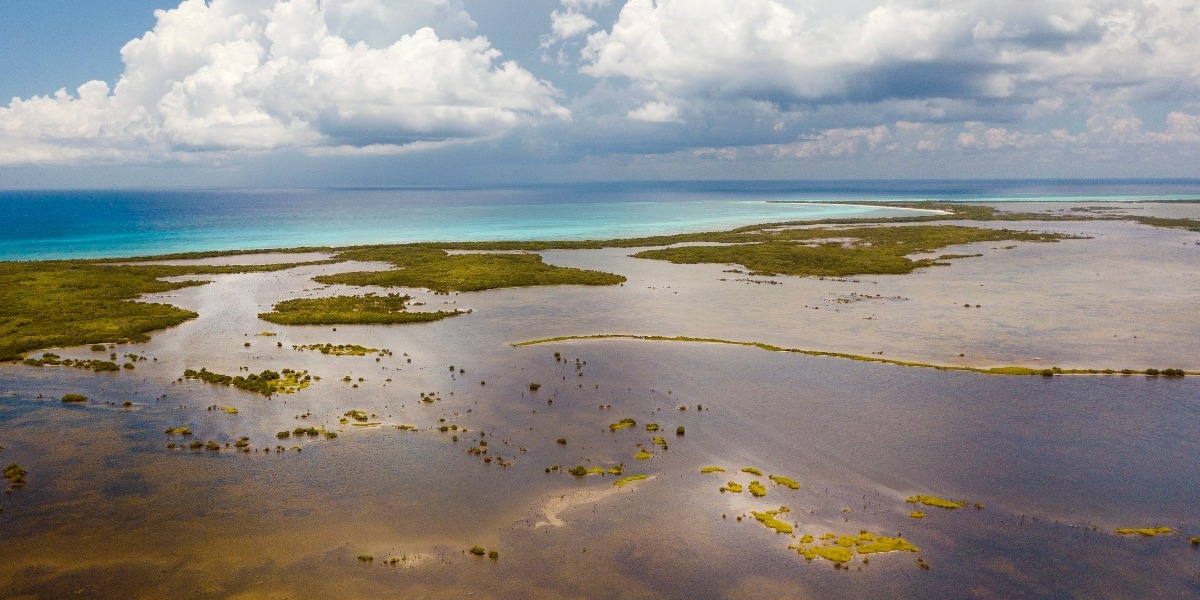
The island of Cozumel has two Ramsar sites, the first one is known as the Mangroves and Wetlands of North Cozumel Island. In this area, you will find 4 different types of mangrove: red mangrove, white mangrove, buttonwood mangrove, and black mangrove.
As for its fauna, you will see more than 500 terrestrial and marine species. The most representative is the pygmy raccoon, the island coati, the Cozumel mockingbird, the Cozumel vireo, manta rays, and sea turtles.
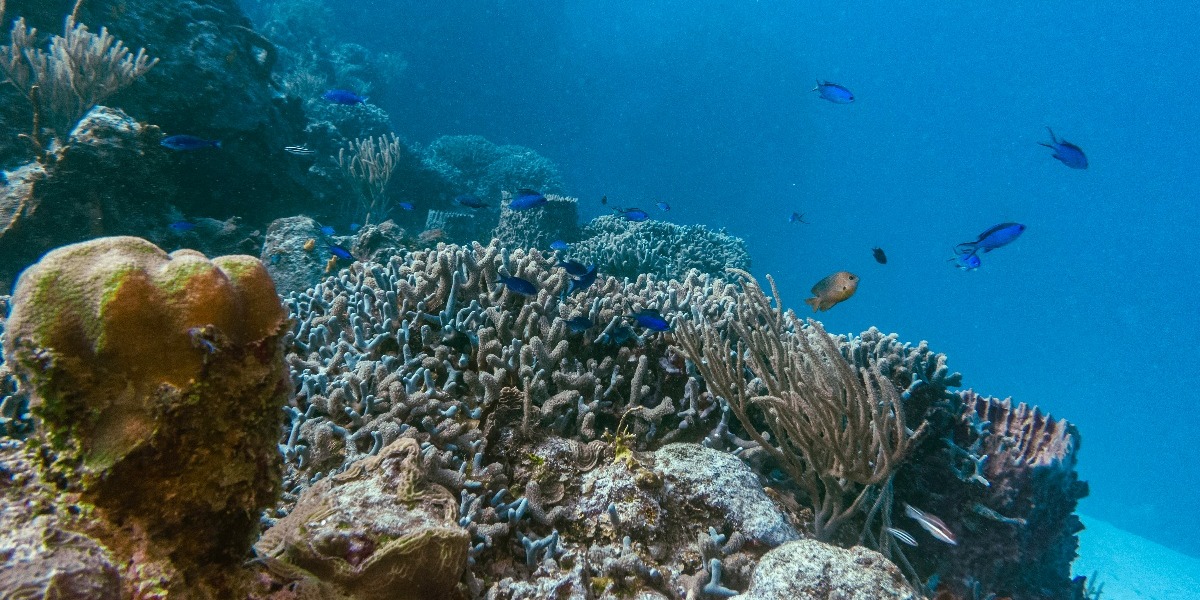
This is Cozumel's second Ramsar site and is located south of the island. It is also known as El Gran Cinturón de Arrecifes del Atlántico Occidental or Great Maya Reef.
This park is home to more than 1,200 species of plants and animals, of which 57 are endangered, and 18 are exotic. It is home to endemic species such as the dwarf raccoon, the Cozumel badger, the Cozumel wall-jumper, the Cozumel pinto, and the Cozumel fish, better known as the toadfish.
The park is mostly marine, but you can see 136 terrestrial species, such as amphibians, reptiles, birds, and mammals.
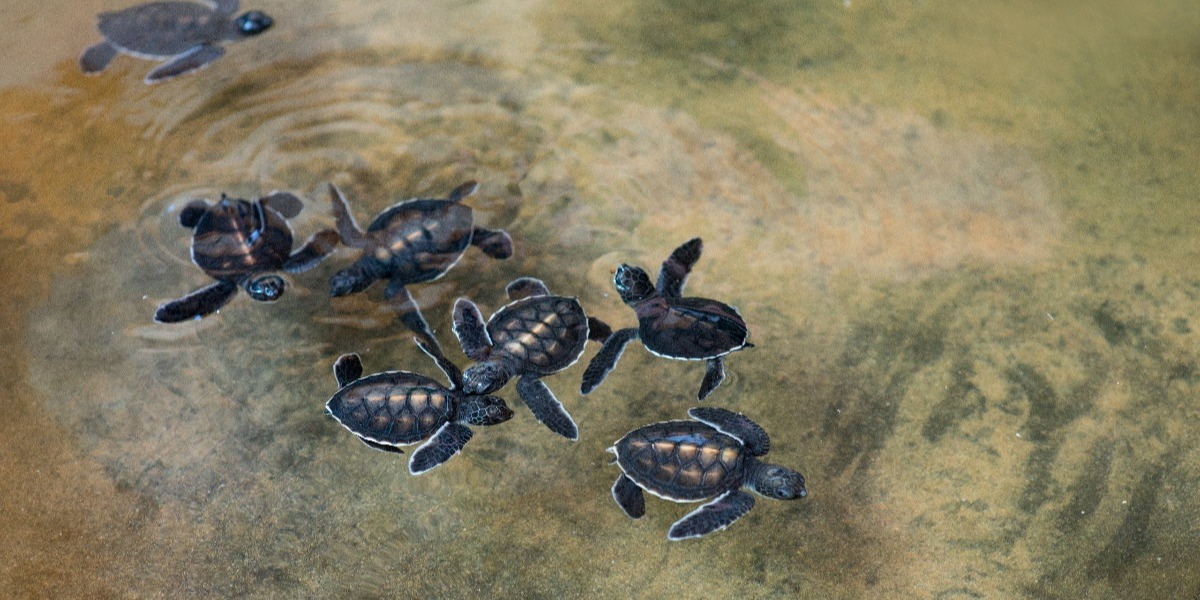
X'cacel-X'cacelito is a Natural Protected Area since 1998, with an area of 362 hectares where mangroves, cenotes, and reefs with more than 64 species of coral.
It is known for being the "Sea Turtle Sanctuary" since it is the site in Quintana Roo and Mexico with the highest reproduction rate of the Green Sea Turtle and Loggerhead Turtle. Throughout two decades, in this area turtle nesting nests have been cared for and conserved through different programs, managing to release 192 thousand hatchlings in 2017 and protecting approximately 68 nests of the loggerhead species and 4 nests of the white species.
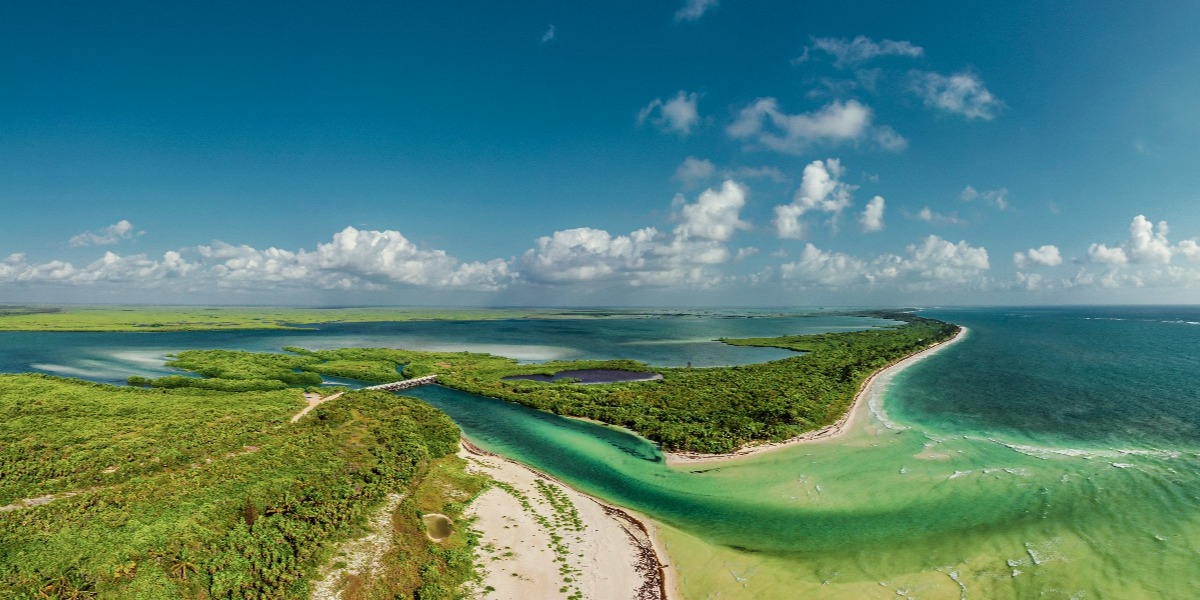
Sian Ka'an is a protected area on the coast of Quintana Roo, declared a World Heritage Site by UNESCO. Its name comes from the Mayan place where the sky begins. It covers 528,147 hectares located in Felipe Carrillo Puerto and Tulum.
There, you will find the famous petenes, masses of trees up to 30 meters high, which only exist in the Yucatan Peninsula, Florida, and Cuba. There are also 23 archaeological sites.
This reserve has 2580 species of plants and animals, of which 37 are at risk, and 3 are exotic.
The 8 Ramsar sites in the Caribbean help us to maintain the natural balance of the ecosystems in the area. Thanks to them, we can enjoy beautiful and colorful landscapes. However, we have to make an effort between authorities, locals, and tourists to maintain the vitality of these vital areas and to be able to continue enjoying them for a long time to come.
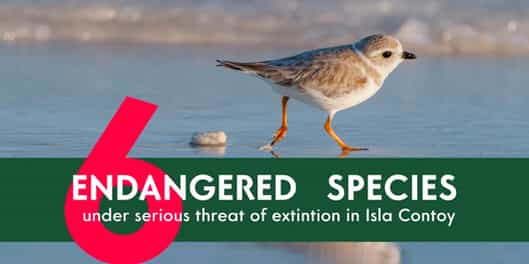
Although Contoy is a government-protected area, it is home to endangered species. Read on and learn about the 6 endangered species that inhabit Isla...
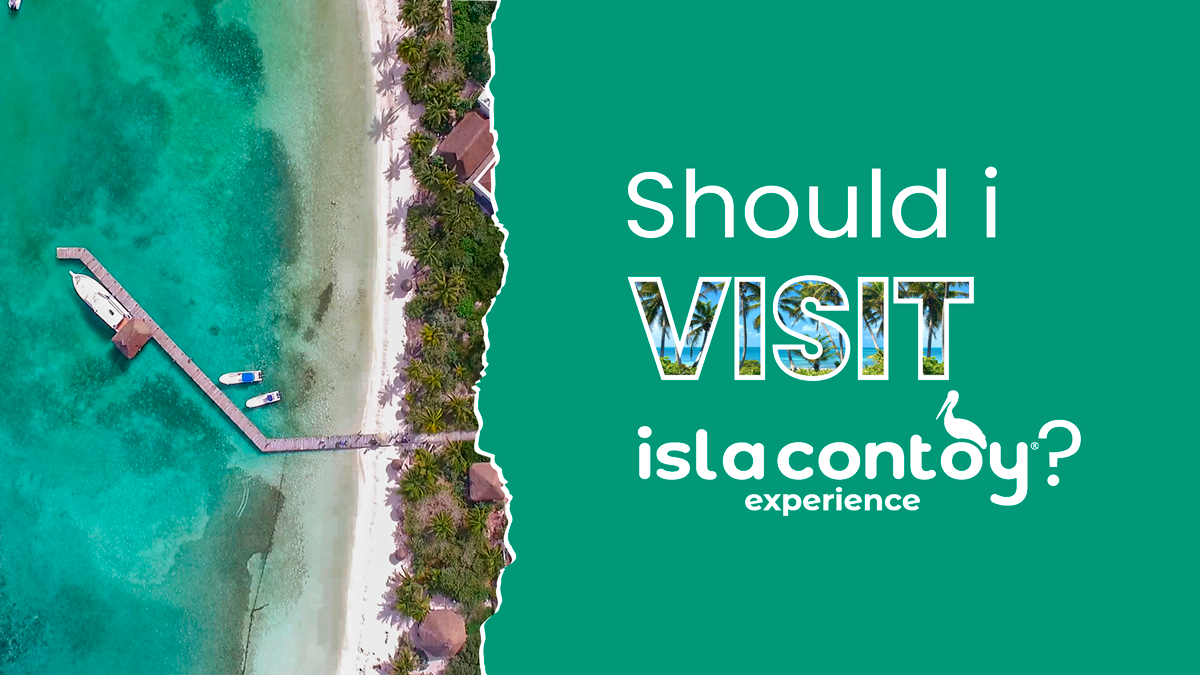
Are you still unsure about adding Isla Contoy to your Cancun itinerary? Consider this your invitation to add this stunning destination to your...
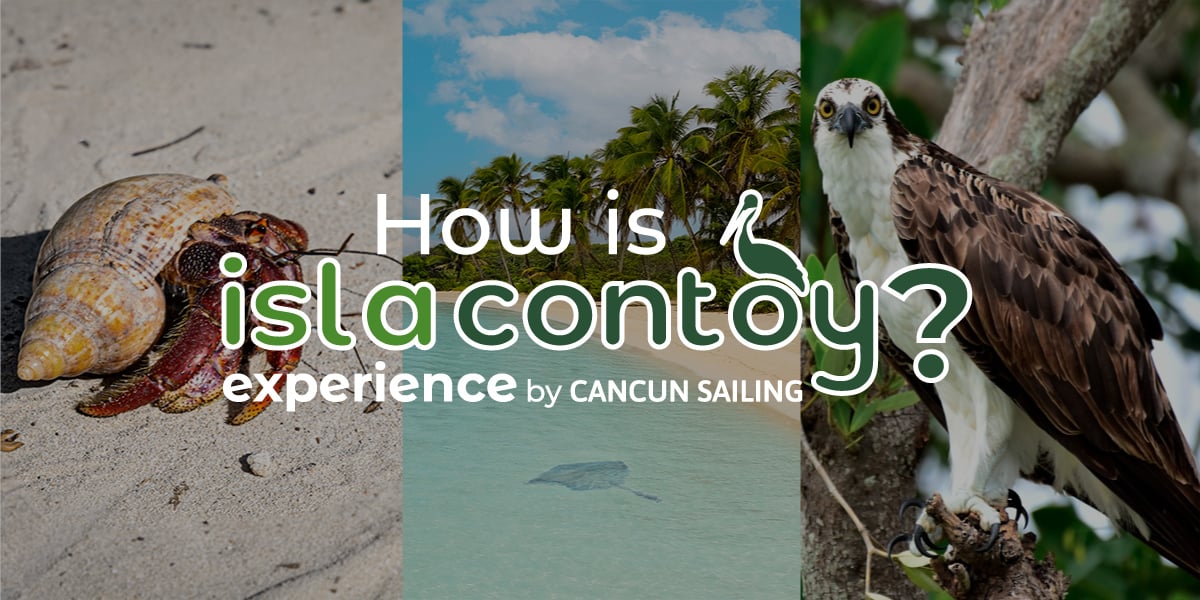
Want to take a tour to Isla Contoy, but don't know what you'll find when you arrive? Read on and discover what the most beautiful protected island in...